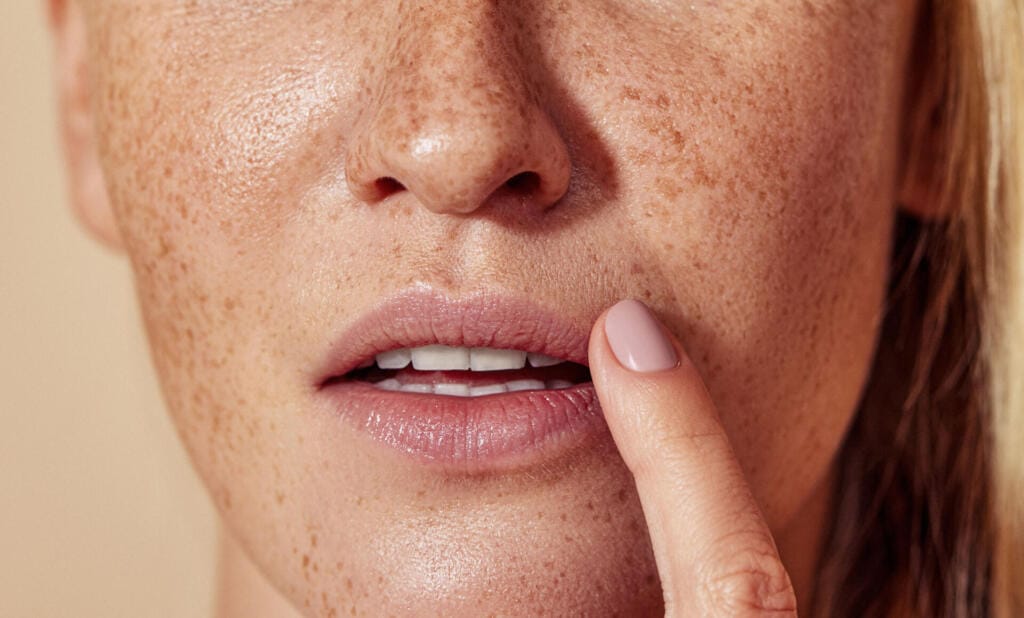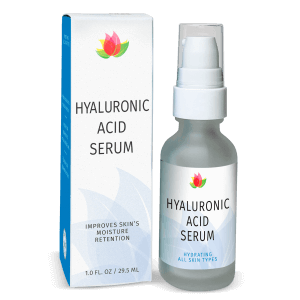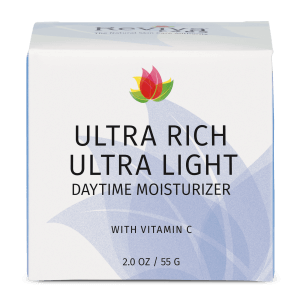Natural, Reviva Labs, Skin Care
Can Dry Skin Be Repaired?
Imagine waking up one morning, running your hand over your skin, and noticing it’s rough, tight, and flaky. This is the reality for millions of people dealing with dry skin. It can feel uncomfortable, look dull, and in some cases, lead to irritation. But is this something that can be fixed, or are we stuck with it? The good news is that yes, dry skin can absolutely be repaired, and it’s not as daunting a task as it might seem at first.
In fact, research shows that around 60-70% of the global population will experience dry skin at some point in their lives, and most of the time, it’s reversible with the right care and consistency. This means the key to tackling dry skin lies in understanding why it happens and learning how to give your skin the tools it needs to heal and thrive. I’ll break this down for you in simple terms, offering practical steps to repair dry skin effectively.
What Causes Dry Skin?
Before diving into how to fix dry skin, it helps to first understand what’s causing it. Dry skin happens when your skin fails to retain enough moisture. This can happen for several reasons. Environmental factors, such as cold weather, wind, or low humidity, are major contributors. Harsh soaps, hot showers, and even over-washing your skin can strip it of natural oils that act as a barrier to moisture loss.
As we age, skin naturally loses some of its moisture-retaining properties, becoming thinner and less efficient at locking in hydration. But it’s not just aging—your lifestyle can also play a role. Diet, stress, and even how much water you drink all influence your skin’s ability to stay moisturized.
There are also underlying skin conditions like eczema or psoriasis that can cause dry patches, making repair efforts a bit more complex but still achievable. The bottom line? Dry skin can come from a variety of sources, but there are universal ways to help your skin restore its hydration and heal.
The Moisture Barrier: Your Skin’s Best Friend
If you’re serious about repairing dry skin, then the first thing to understand is the moisture barrier. Think of it as the gatekeeper for your skin’s hydration. The moisture barrier consists of lipids, such as ceramides and fatty acids, which form a protective layer on your skin. When this barrier is intact, it keeps moisture in and harmful elements (like pollutants and irritants) out.
When the moisture barrier gets damaged—whether from over-exfoliation, exposure to harsh weather, or using stripping skincare products—your skin can’t hold onto water as effectively. This results in the dreaded dry, flaky texture.
But here’s the good news: the moisture barrier is resilient! When you start giving your skin the right care, it will begin to repair itself. The key is patience and consistency.

Ingredients That Help Repair Dry Skin
Now, let’s talk about the actual ingredients that will work wonders in your skincare routine. Not all moisturizers are created equal, and when dealing with dry skin, it’s essential to choose products packed with skin-loving ingredients designed to nourish and restore.
One of the most well-known hydrators is hyaluronic acid. This ingredient can hold up to 1,000 times its weight in water, making it a powerhouse for attracting moisture to your skin and keeping it there. Products with hyaluronic acid will help give your skin the boost it needs to start repairing its moisture barrier.
Ceramides are another essential. These lipids are already naturally found in your skin, but if your skin is dry, it means your ceramide levels are probably low. Look for creams and serums containing ceramides to help replenish your skin’s natural barrier.
Glycerin is another humectant that draws moisture into the skin. It’s a simple yet effective ingredient that works well for nearly everyone. It’s particularly useful for people with dry, cracked skin since it can penetrate deep into the layers of the skin.
Shea butter, a rich natural emollient, is also great for locking in moisture. It’s especially good if you have extremely dry patches or flaky skin. The richness of shea butter helps to seal in moisture and soothe irritation.

Finally, if you’re dealing with inflammation or irritation caused by dryness, niacinamide is a wonderful ingredient to include in your routine. This form of Vitamin B3 helps to calm the skin, reduce redness, and strengthen the moisture barrier.
The Role of Daily Habits
Once you’ve got the right products in place, there’s another piece of the puzzle that’s just as crucial—your daily habits. Even the best skincare won’t make up for habits that are constantly drying out your skin.
Start by reassessing how often you’re showering and the temperature of the water. Hot water feels relaxing, especially in the colder months, but it’s notorious for stripping your skin of its natural oils. Opt for lukewarm showers instead and limit the time you spend under the water.
Also, be mindful of how often you’re washing your face or hands. Over-washing can lead to dryness, particularly if you’re using soap that contains sulfates or other harsh chemicals. Gentle cleansers are key to maintaining hydration while still keeping your skin clean.
Another daily habit that often gets overlooked is the use of a humidifier, especially during the winter. When the air is dry, a humidifier can add much-needed moisture back into the environment, helping your skin retain hydration.
Can Diet Affect Dry Skin?
Yes, your diet plays a significant role in how your skin looks and feels. Your skin is the largest organ in your body, and it reflects the nutrients (or lack thereof) that you consume. A balanced diet rich in omega-3 fatty acids, which you can find in fishlike salmon, walnuts, and flaxseeds, can help your skin maintain its natural oil barrier.
Antioxidants, found in fruits and vegetables, also play a crucial role in skin health. These compounds help protect your skin from free radicals, which are harmful molecules that can damage skin cells and make your skin more prone to dryness.
Water is another essential component. Staying hydrated from the inside out is vital. When you’re dehydrated, your skin will be too. Drinking plenty of water throughout the day keeps your skin cells functioning properly and helps them hold onto moisture.
Repairing Dry Skin Takes Time—But It’s Worth It!
While it would be amazing if there were a magical overnight fix, repairing dry skin takes time. The skin renewal cycle lasts about 28 days, so it may take a few weeks of consistent care before you start seeing noticeable improvements.
It’s important to keep your skincare routine simple and consistent during this time. Overloading your skin with too many active ingredients or constantly switching products can do more harm than good. Instead, stick with a few targeted treatments, stay hydrated, and be gentle with your skin.
The Importance of Prevention
Once your dry skin is on the mend, the next step is keeping it that way. It’s far easier to prevent dryness than it is to repair damaged skin, so creating a routine that supports long-term hydration is essential.
Moisturize regularly—don’t wait until your skin feels dry. Apply your moisturizer right after showering to lock in the moisture while your skin is still damp. If you’re spending time outdoors, especially in cold or windy weather, consider using a thicker cream to protect your skin from the elements.
Sun protection is equally important. UV damage can weaken your skin’s moisture barrier and lead to dryness over time. Make sure to use a broad-spectrum sunscreen every day, even during the winter months.
And remember, your environment matters. Keep your home’s air hydrated, drink plenty of water, and give your skin the nutrients it needs through a balanced diet.
Wrapping It All Up
Repairing dry skin is entirely possible with the right approach. By understanding the root causes, incorporating the best ingredients into your routine, and making a few adjustments to your daily habits, you can restore your skin’s hydration and keep it looking and feeling its best. It’s a process that requires patience, but the results—softer, smoother, healthier skin—are more than worth it. Just remember, your skin is always evolving, and taking care of it is an ongoing journey!










